Innovation is a hot topic these days. From what I have seen, organizations have been outsourcing innovation for the last 10-15 years. It began with a reliance on ad agencies and then shifted to “design” companies like IDEO and JUMP. Now the business airwaves and media announce the need for more innovation, faster and more radical than ever before, and the literature of full of “how to innovate” books and articles.
It seems easy to say we want to innovate, but it feels like going over Niagara Falls in a barrel, you are leaving all you know behind for a visit to Chaos. Confronted by all the mystery and disorder that precedes innovation, our challenge as leaders is to help people make meaning of the journey. As Dee Hock describes, “Making good judgments and acting wisely when one has complete data, facts, and knowledge [control] is not leadership. It’s not even management. It’s bookkeeping. Leadership is the ability to make wise decisions, and act responsibly upon them when one has little more than a clear sense of direction and proper values; that is, a perception of how things ought to be, an understanding how they are, and some indication of the prevalent forces driving change.” In this sense, innovation is the end product of a disruptive cycle of Adaptive Change.
 To innovate is to intentionally let go of the “way things are” and welcome “the way they could be.” Breakdown is the first step toward innovation, an intentional release of established habits of thought, expectations, assumptions, and beliefs in order to embrace “not knowing”. The concept of surfing the “edge of chaos” sounds exciting until you get there and leave control at the door. In Adaptive Change we call this the Fall.
To innovate is to intentionally let go of the “way things are” and welcome “the way they could be.” Breakdown is the first step toward innovation, an intentional release of established habits of thought, expectations, assumptions, and beliefs in order to embrace “not knowing”. The concept of surfing the “edge of chaos” sounds exciting until you get there and leave control at the door. In Adaptive Change we call this the Fall.
Fortunately, Breakdown doesn’t last. As we confront the mess, we naturally make meaning of it, allowing order and Breakthroughs to emerge – the “ah-ha” moments that we love to experience. The journey from Breakdown to Breakthrough, the Cauldron of Change, is a period of stress (high enough to motivate and mobilize, and potentially immobilize), uncertainty, and unpredictability. There is no clear way forward, we are reduced to trial-and-error experimentation. This is a period that requires a rapid and straightforward learning cycle, one that encourages experimentation and taking smart risks as you learn your way forward. Sense-Test-Adapt, a biomimetic cycle that is just what it says, propels you forward as order emerges from the chaos. The faster you cycle the faster you learn.
Breakthroughs get you out of Chaos and into Complexity – you are half way home but you are still not “in control”. Complexity requires Imagination, which takes you beyond creativity and taps into mystery. Mystery allows us to explore “things in our environment that excite our curiosity but elude our understanding. [1] In the complex domain hunches and ah-has pull us forward by removing extraneous information and linking up ideas to form a system of inquiry. In this way novelty is morphed into a myriad of possibilities.
With all these possibilities we begin to follow our hunches to their logical conclusions, picking one or two and applying all our knowledge, know-how, technology, etc. to understand them. In this way we make the imagined “real”, manifest as products, programs, services, and art. Making “manifest” is the phase I call Innovation. Innovation without the journey through chaos and mystery is evolutionary at best, incremental most often. Innovation as the conclusion of the full cycle is revolutionary, tapping into our most creative spaces and pulling forth something remarkably different from where we started.
Do’s for leading innovation
- Foster an environment of imagination, exploration, acceptable risk, and “what ifs.” Meet the Devil’s Advocate at the door and refuse them entry.
- Give people time to think, toys to spark off, and diverse partners to play with. The resource needs and costs of Innovation rise over time. Resources that drive early innovation, Breakdown, Breakthrough, and Imagination, are mainly emotional and psychological support. No leader can afford to ignore these intangible costs for the foreseeable future.
- Relax when things seem out-of-control, it is part of the process and can’t be skipped. Focus people on moving their “crazy ideas” forward and making sense of them.
- Apply the innovation cycle to your leadership development…hummm, now that’s a thought!
[1] Roger Martin, The Design of Business, p9.
 Sections of this topic
Sections of this topic
















